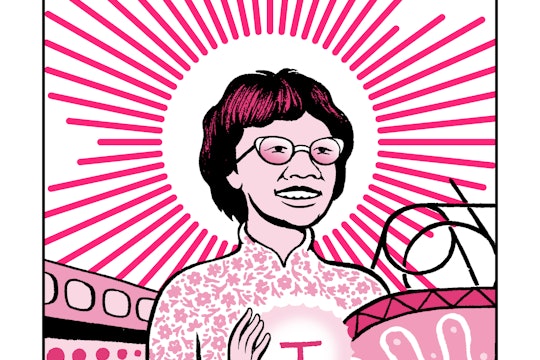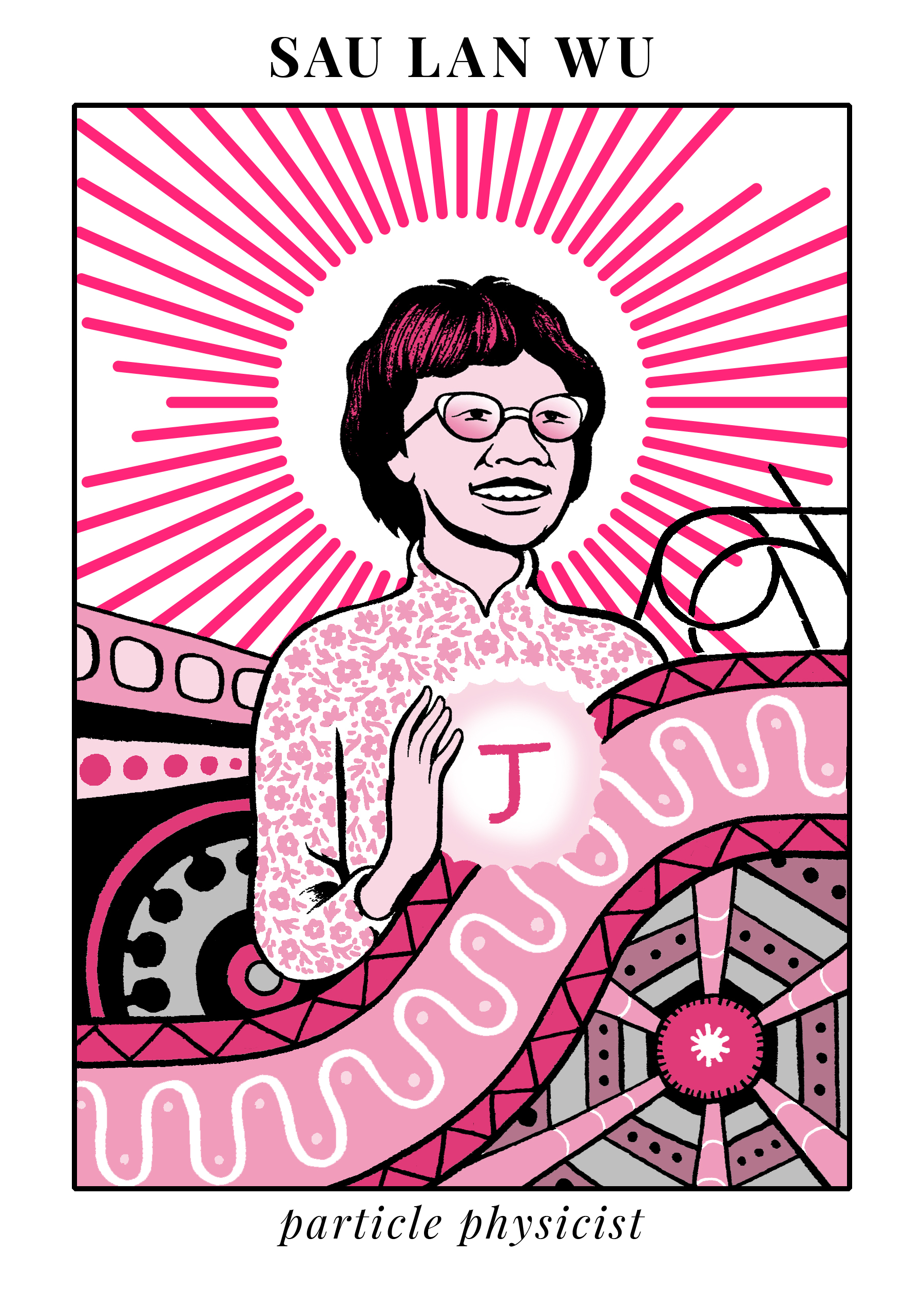
Matteo Farinella
Meet Sau Lan Wu, the physicist who helped discover three fundamental particles
Most scientists spend their careers hoping for a single big discovery. Sau Lan Wu has had three and is still searching for more.
Sau Lan Wu lives in Geneva and works at CERN, where she uses the Large Hadron Collider, the world’s largest and most powerful particle accelerator, to search for the smallest building blocks of the universe. Her work at CERN contributed to the discovery of the Higgs boson, one of 17 fundamental particles.
Fundamental particles (also called elementary particles) are indivisible and have no internal structure. They make up the matter and elements – the "stuff" – of the universe, from the socks on your feet to the boiling hot alloys in the center of the earth to the stars and planets of distant galaxies.
You're probably familiar with the atom, which was long thought to be indivisible. In the late 19th and early 20th century, scientists discovered the electron and proton, the atom's constituent parts. Starting in the 1960s, scientists began to believe that protons could be broken down even further into fundamental particles called quarks.
Learn more about the fundamental makeup of everything with one of our favorite explainer series, In a Nutshell.
Sau Lan Wu has helped confirm the existence of not just one, but three fundamental particles.
In 1974, Wu had already received her PhD from Harvard and was working on a team with Samuel C.C. Ting at the Massachussetts Institute of Technology. The team discovered the J/psi particle, which was used as experimental evidence for the existence of the charm quark and the gluon. Ting received the Nobel Prize in Physics in 1976.
In 1977, Wu started working at the University of Wisconsin and began research that led to the discovery of the gluon, another fundamental particle, in 1979.
Wu is currently the Enrico Fermi Distinguished Professor of Physics at the University of Wisconsin and a visiting scientist at CERN, where she worked on the team that discovered evidence for the Higgs boson in 2012. As of 2013, she had advised over 50 PhD students and aims to create a supportive atmosphere for her research teams.

Illustration by Matteo Farinella
Wu sat down with physicist Zosia Krusburg for an interview at Vassar, where she did her undergraduate studies, and explained how she has persevered in her field:
“You have to accept the fact that people think you are less competent….I encountered that mentality a lot early on. If you’re a woman, and there’s something not quite fair and you speak up, people get upset. When I became successful, people would point to me and say that I am an aggressive person. People have called me Dragon Lady. I’m not like that, but people make a picture of you. In the end, you have to be immune to this kind of criticism. What they don’t see is that I’m successful because I try very hard. I work for it, totally devote myself, my life, to my job.”
